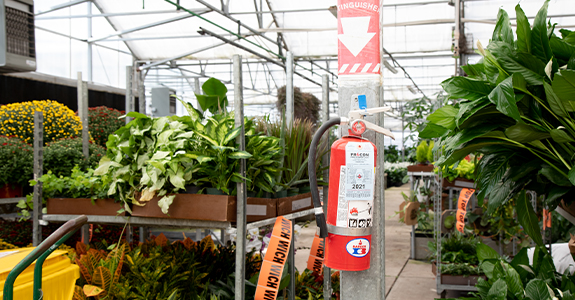What cyber insurance can help secure for your business
Like other insurance coverage options, cyber liability insurance can be customized to fit your operations. Among the losses it can help cover are:
Damaged equipment
Revenue lost during downtime
Possible regulatory fines
Cost of customer notifications
Cost to recover compromised data
Ransomware compensation
At Hortica, we also provide training, information, and resources to help you prevent losses related to cyberattacks. Contact us today and let’s talk about how we can help protect your business.












